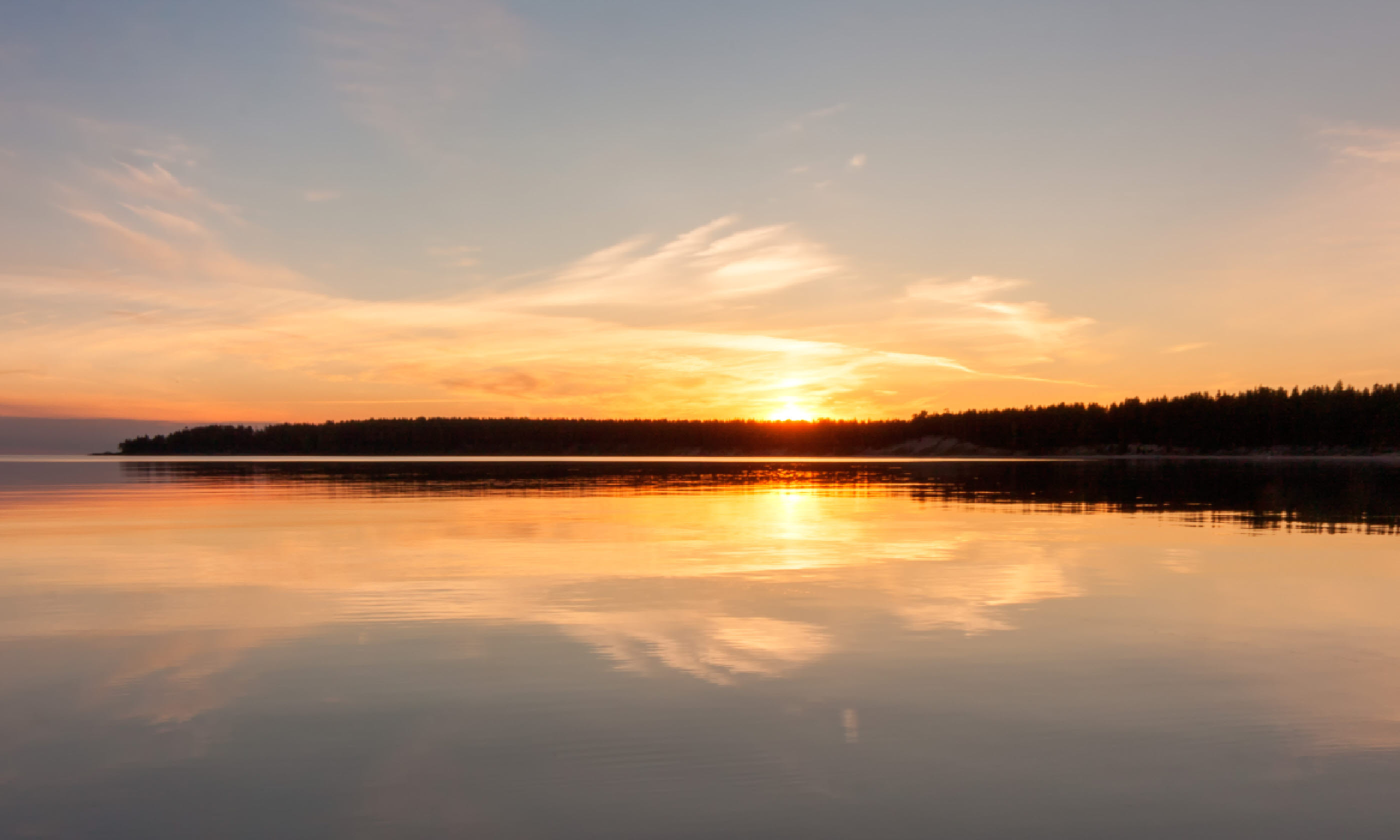
Go now! Midnight sun, Arctic Circle
During June, the sun never fully sets in northernmost areas - meaning it's never dark, even in the dead of night. Here's how to witness the Midnight Sun for yourself...
What actually is it?
Simply, it’s when the sun remains visible at midnight; at certain latitudes, at certain times of year, the sun can be observed 24 hours a day. The dark of night is replaced by a sort-of perpetual twilight, while the sun keeps a constant low profile in the sky.
Crikey, that’s a lot of UV
Indeed, and it can last for a long time too. In the northern hemisphere, the midnight sun phenomenon occurs largely above the Arctic Circle (66°33’). On the Circle itself, it’s visible from roughly 12 June to 1 July. Head further north and the midnight sun lasts longer; for example, it runs from 20 May to 22 July in Tromsø (69°40’) and from 20 April to 22 August in Longyearbyen on Svalbard (72°22’). At the actual North and South Poles, the sun only rises and sets once each year.
Where can I see it?
North of the Arctic Circle (June) or south of the Antarctic Circle (December) are the best locations. As the latter has no permanent settlements, the easiest places to experience the phenomenon are those above the Arctic Circle, such as Svalbard, Greenland and the northern reaches of Canada, Norway, Sweden, Finland and Alaska.
Because the sun is disc-shaped rather than a point, the midnight sun can also be experienced just below the Arctic Circle – in northern Iceland for example. Even the northernmost parts of Scotland don’t fall completely dark on the summer solstice and the region has 19-hour days around this time.
And what about the rest of the year?
The reverse – polar night – occurs around the same latitudes in the opposite season: during the northern hemisphere’s winter months, the sun stays below the horizon during the day. For example, in Tromsø, polar night lasts from late November to mid January.
Sounds gloomy...
Yes, a bit. But think of it as a great canvas for the
northern lights!
Main image: View on Onega Lake, Russia. Photo from Shutterstock.
